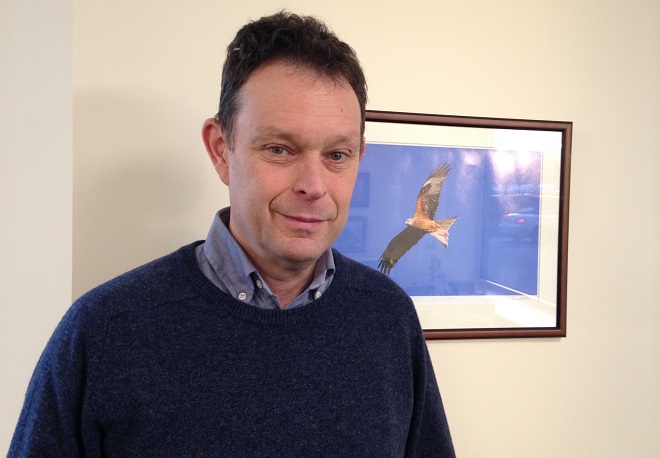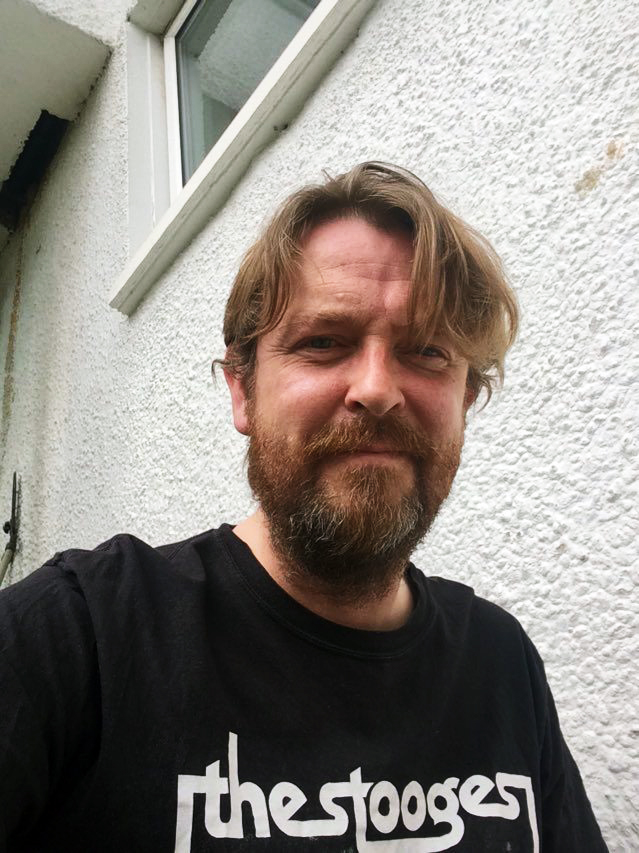A fresh front was in the war between conservationists and shooting interests recently when a young golden eagle disappeared over a grouse moor – the 12th to have vanished over what has been described as a “black hole” for the birds.
RSPB Scotland spoke out after the incident in the northern Monadhliath Mountains of Inverness-shire.
The charity pointed the finger at grouse shooting interests, which are strongly suspected to have been behind many attacks on birds of prey – including endangered white-tailed sea eagles and peregrines.
Indeed, a young hen harrier went missing from a grouse moor – on the so-called glorious 12th of August, the day the shooting season began.
However, the grouse shooting industry has hit back and has accused the RSPB of conducting a smear campaign against it.
Like the guns booming over the moors, the debate shows no signs of going quiet.
That’s why we’ve brought both sides together to put their case. Here, Duncan Orr-Ewing of RSPB Scotland and David Johnstone of Scottish Land and Estates explain their positions in the great war of the grouse moors.
"Satellite tagged golden eagles in Scotland are 25 times more likely to disappear without trace than anywhere else in the world"

In May last year the Scottish Natural Heritage published a review of the fate of satellite tagged golden eagles, which showed that of 131 young eagles tracked, as many as 41 (31%) have disappeared in “suspicious circumstances” connected to known hotspots for such crime, notably in areas managed as driven grouse moors.
As a result the Scottish Government has commissioned an independent review into how grouse moors can be managed sustainably and within the law, including consideration of further regulation to act as a deterrent to criminal activity.
Where RSPB Scotland is involved with all these cases, we share data and work through the police; to suggest otherwise is simply incorrect.
We accept that most landowners in Scotland are law-abiding. Responsible shooting organisations increasingly recognise the damage that is being caused by wildlife criminals to their sport; indeed, prompted by this latest probable criminal incident in the Monadhliath, The Shooting Times tweeted on 14 March “If you kill raptors and buy Shooting Times, please desist from doing both. You are ruining our sport and we don’t want your custom”. Well said them!
Successive Scottish ministers have indicated that these type of crimes have no place in modern Scotland; they undermine the reputation of our country internationally; and that firm action can be expected if they continue. Despite this, these crimes persist. In fact, satellite tagged golden eagles in Scotland are 25 times more likely to disappear without trace than anywhere else in the world where they are tagged with this technology.
It is also worth bearing in mind that very few raptors are actually satellite tagged, so the true number of birds being illegally killed will certainly be far higher.
RSPB Scotland has a duty to bring this issue to the public attention.
We understand that this may be an embarrassment to Scottish Land and Estates, however it clearly needs to do much more to work with the police to marginalise criminal activity and to effect the required change in culture.
It seems that driven grouse moors are doing quite a good job of bringing themselves into disrepute by their flagrant disrespect for the laws of the land and public opinion.
Denigrating RSPB Scotland for shining a spotlight on this major conservation issue is unacceptable, and shows that current voluntary mechanisms for resolving this problem have failed absolutely.
We propose that driven grouse shooting in Scotland should now be regulated via a stringent licensing system administered by Scottish Natural Heritage, and with severe sanctions to remove such licences where criminal behaviours are established by the police.
This system should protect the interests of responsible landowners and help provide a meaningful deterrent to those intent on breaking wildlife protection laws.
Those who conduct their business within the law have nothing to fear.
Duncan Orr-Ewing is head of species and land management at RSPB Scotland
"Yet again, we see the RSPB acting unilaterally as judge and jury"

RSPB Scotland has stated that a young golden eagle fitted with a satellite tag disappeared three months ago in the Northern Monadhliath mountains. We have no hesitation in urging anyone who can provide information on the matter to contact Police Scotland.
We are, however, deeply concerned by the assumption by RSPB that this eagle is most likely the victim of a wildlife crime perpetrated on a grouse moor.
Yet again, we see the RSPB acting unilaterally as judge and jury without waiting for those professional experts in the police and the procurator fiscals’ office to reach an informed decision as to the actual facts. We believe this continual smearing of grouse moors actually runs the risk of being counterproductive and directly impacting all the good, productive collaboration that has taken place in recent years.
Incidents such as this absolutely do need to be investigated but it is for Police Scotland to lead investigations. They have very extensive powers to gather evidence as they see fit, and we would expect all our members to assist them in their enquiries.
To be clear, we as an organisation – and on behalf of our members – condemn all forms of wildlife crime.
We are not saying that wildlife crime never occurs on land managed for grouse shooting and acknowledge that in the past, there were practices, including raptor persecution, that are simply unacceptable but which have declined markedly in recent years and this trend is borne out by the Scottish Government's own statistics. We also note that RSPB itself describes the area involved in this case as one where eagles have done well in recent years.
Of course, more work needs to be done to ensure the decline in wildlife crime continues and we are an enthusiastic member of the Partnership for Action Against Wildlife Crime Scotland (PAWS).
It has been proven time and again that constructive collaboration gets the best results.
Alongside this, we and numerous grouse shooting estates are active members of the Heads Up for Harriers project as well as being key drivers in the south of Scotland golden eagle reintroduction project.
Instead, what we have is a sustained effort to blacken the name of grouse shooting without evidence.
It is perhaps no coincidence this is happening when the Scottish Government has instigated an independent review into grouse shooting which is ongoing at this very moment.
Despite being a member in PAWS, we have seen absolutely no evidence or data from this eagle or from the recent case of Fred which disappeared in the Pentland Hills.
We are fully supportive of the government review into grouse shooting as set up by the cabinet secretary, its practices, and the many environmental, economic and social benefits it provides across rural Scotland.
We are also fully supportive of the proposals within the Poustie report that recommends the strengthening of penalties with regard to wildlife crimes.
David Johnstone is chairman of Scottish Land and Estates







